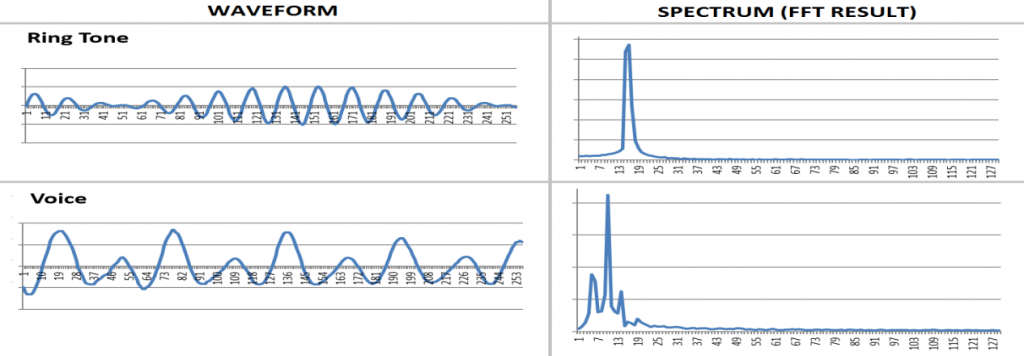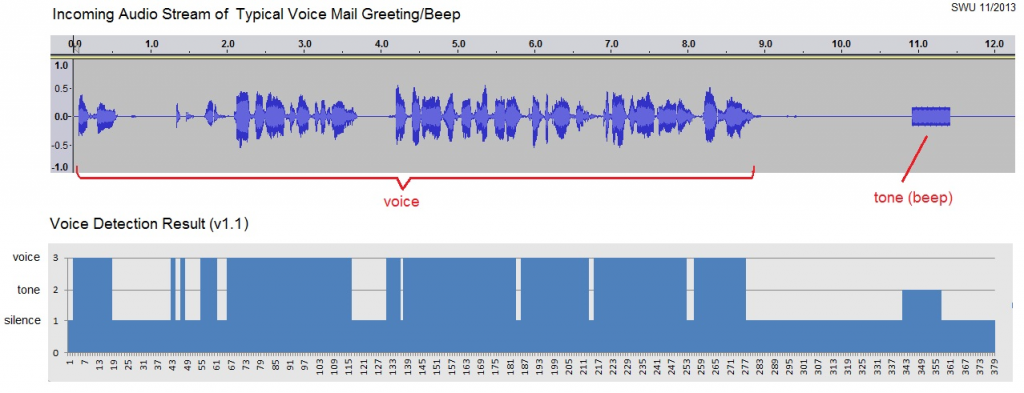



Abstract
Automated outbound call Testing is emerged as new technology in organization and mostly focused on marketing, sales, support department and alerting system. To successfully provide automated calls and sharing of resources, the outbound call process should be tested before being used by the end users. Automated outbound call testing is a form of testing in which testers must verify the quality of the calls, voicemail, callback feature with standard quality related parameters for voice based interactions. This blog focuses on various coverage areas for automated outbound call testing and challenges faced by provider. It also covers automation for call based testing using UFT Insight object technology and hangout.
Where we need?
- Marketing: Marketing organizations uses automated outbound calls to generate, track, qualify, filter, route, and report on sales calls. They also use the call recording component to review sales and support calls.
- Sales: Sales department makes outbound calls to capture and respond to phone leads. They often set up a virtual call center to manage, route, and record inbound sales calls.
- Support Ddepartments: Most of the support departments make use of automated outbound calls to provide phone-based customer service using a virtual call center to handle support calls. Support teams often use the IVR technology component to answer incoming calls
- Alerting system: Provide voice based alerts to the users from automated outbound calling system. If calls are not received by the users, a voicemail with message or callback information will be sent to them.
Approach to Outbound call testing
-
Voice quality Testing:
While testing a call, it is very important to check the quality of voice. The voice should be clear and properly audible. Below 2 parameters should be taken into consideration:
- Pitch - It helps to decide the degree of highness and lowness of the message.
- Volume - It measures the loudness of the message.
- Speed - It helps to decide that how fast or slow message should get delivered so that user will be able to understand the message properly.
Below are the areas where we can check the voice quality: Voicemail quality: When a recipient is unable to pick up the call or if the call gets disconnected in between the conversation, a Voicemail will get delivered to the user. Here the challenge is the quality of the voice message delivered to the user. The voice should be clear with complete and detail message. Apart from this, proper pitch, volume, speed and language should be verified. Callback feature: Sometimes the call is protected with a PIN. When the user receives the call they have to provide the PIN, but if the user is not able to pick up the call then, the user should get a voicemail with only callback information and not the detailed one. Testing the entire callback flow is quite lengthy because we need to take care of multiple aspects like:
- Voicemail should contain only the callback information.
- Voicemail should contain the PIN which is needed if the user dials the callback number from the other phone instead of the phone where the voicemail has been delivered.
- Callback number should get connected successfully.
- The quality of the message should be clear and complete.
-
Voice Detection Testing:
When the call is getting dialed automatically and once someone receives the call, it is the biggest challenge to differentiate if the call has been received by a human or by an answering machine or voice-mail system. If it’s a voice message left by the user, then the message will not get delivered and it will drop a voicemail or callback information on the user’s phone. Voice detection technique is covered in detail in the section below.
-
Language support Testing:
Despite advancements in many other alerting areas, multi-language alerts remain a struggle. So, we need to test that alert should get delivered with the content of the message to all the required languages with the same quality as in for English language. Most commonly used Locales are en-US, en-GB, es-ES, fr-FR, fr-CA, es-MX, nl-NL, it-IT.
-
Hosted IVR Testing:
IVR is a cloud based technology that allows a system to interact with humans through the use of voice and humans can also respond to the call. Without using live operator orders can be processed. Outbound IVRs are also used to conduct customer surveys, solicit and process orders.
-
Text-to-speech Testing:
A text-to-speech (TTS) system converts normal language text into speech; this can be set up as per the requirements of the organization. Mostly in automated outbound calls, text message gets delivered from application to multiple users all at one go. Hence, it’s important that the message should get delivered with same quality and content to all the users. TTS is used to convert application text message to voice.
Outbound call flow and Voice Detection Techniques:
- Each call/line is managed by a dedicated thread.
- Call flow is passed in from plug-in in XML along with all wav file paths.
- Voice Detection process runs in parallel with call flow to handle extension dialing and voice mail.
- Performs real time analysis on incoming audio stream to detect voice, tone and Pauses on the fly.
- FFT (Fast Fourier Transform) based spectral analysis, FFT is provided by Intel IPP library.
Challenges:
- Cisco TSP unstable/crashes occasionally while scaling up.
- Audio quality decrease while scaling up.
- Voice Mail/Extension Handling (Great variety of phone systems).
- Monitoring of the server /troubleshooting the application and DB server issues.
- High scale load test challenges.
- Complexity of UCM, SIP trunks, data center infrastructure.
- Performance: Measuring transmission of real time audio streams is a big challenge due to the diversity in the type of audios.
- Scalability: It’s difficult to maintain huge number of calls on one server hence, it’s hard to find right number of cluster to expand.
How to approach Automation of Outbound call?
If we want a clear answer to this question, it will be very tough to decide that call testing can be automated or not. There are two ways to do it:-
- Using UFT and Google hangout we can automate outbound call testing with maximum coverage. The main challenge for automation is we need to receive the call and respond it as per the instructions given in the message. Using below process we can automate most part of call that is 1. Calls receive 2. Respond 3. Calls disconnect. We can configure the number in Google Hangout and then using Insight object concept we can identify the objects like: - Receive, End call and Number pad buttons. Once the alert is delivered then we can receive the call and respond to it using UFT and Hangout technology.
- We can also automate using add-in (device-connect) which is available in UFT to automate the phone calls. Testers can use device-Connect’s Airstream app in conjunction with AiDisplay remote viewer to access such device functions using device-Connect. Access to the device’s apps and functions can be done remotely with Mobile Labs’ device-Connect.
Conclusion:
Automated outbound call testing is used in multiple organizations. In order to test these calls, we need to know the proper approach by which we can get maximum coverage of testing. This blog has covered the approach and areas where we need to focus and the points where we need to take care while doing outbound call testing. At Xoriant, we have successfully implemented automated outbound call testing for our clients without any error and achieved highest quality. For our client’s, we have tested the automated outbound call for alerting system where we need to test the alerts in multiple languages which were published using IWS application.





 View Previous Blog
View Previous Blog




